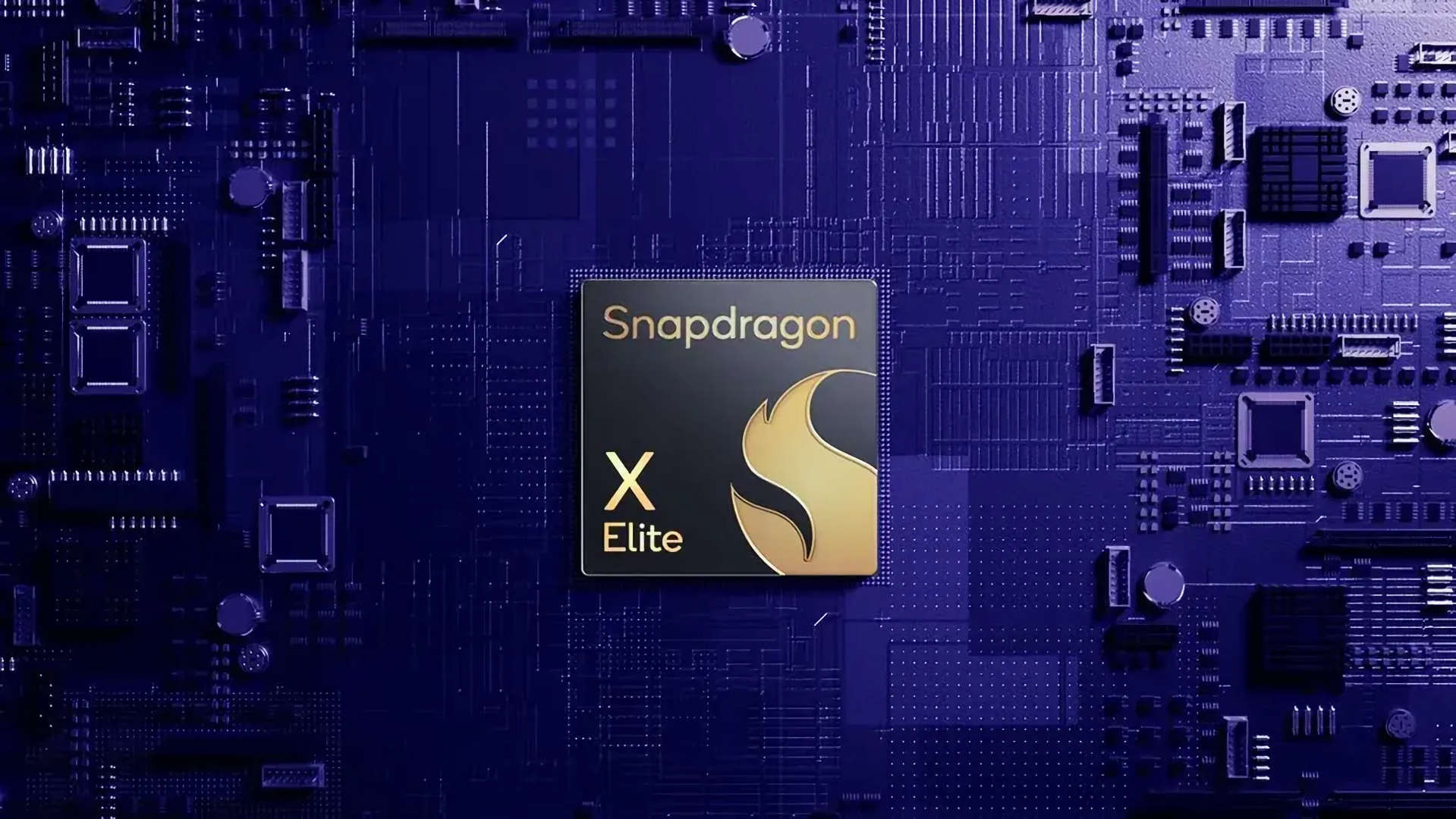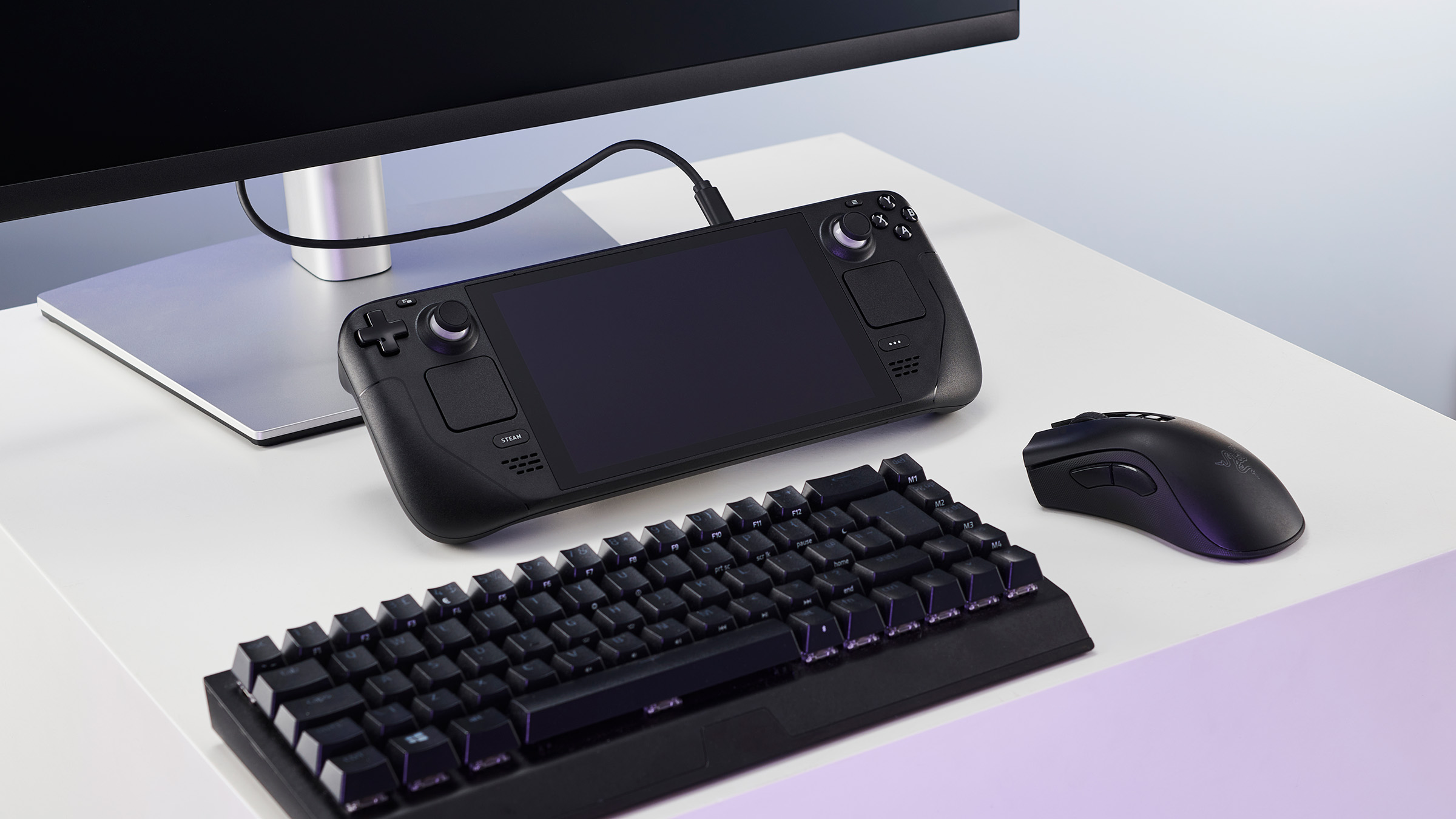Qualcomm's new PC chip delivers gaming performance on par with AMD's best integrated graphics
It bodes well for Qualcomm's push into PC laptops, but drivers and x86 emulation will play a big role in how good it actually is.

Last week, Qualcomm announced its plans to meet AMD and Intel head-on in the PC market, with the launch of its impressive looking Snapdragon X Elite processor. Little was said about the integrated GPU, though, so how well it would fare in gaming was a bit of a mystery. Not anymore, as Qualcomm recently let a host of journalists test some games and the results are promising.
In the closed-door event, two laptops sporting the Elite X chip were offered for some limited investigations. One had a 15.6-inch 4K screen and an 80W power limit on the new chip, whereas the other housed a 14.5-inch 2800 x 1800 display and a CPU power limit of just 23W. Our sister site Anandtech was one of the attendees, as was tech YouTuber Geekerwan, and between them, we've gleaned a decent insight into what the new chip's gaming chops are like.
There still isn't much known about the GPU, unfortunately. Qualcomm offered a figure of "up to 4.6 TFLOPS" to indicate its shading ability but without any context for that number it doesn't really tell you much. If it's for FP32 data values and doesn't involve any dual-issue sleight-of-hand, then that would put it roughly on par with a GeForce GTX 1650 Super.
All the processing power in the world is useless if it's not backed up by a decent cache system and plenty of global memory bandwidth. We have no idea about the former yet, but in the case of the latter, both test laptops used LPDDR5X-8533. That's pretty much the fastest low-power RAM you can get for chips like the Elite X, so the GPU was well supported from that area.
Geekerwan compared the 80W X Elite's result in the 3DMark Wild Life Extreme benchmark to one for a Ryzen 7 7840HS CPU, which sports a Radeon 780M GPU. Unlike many of the 3DMark tests, Wild Life Extreme is designed to be run on lots of platforms, including Android, iOS, and Windows on Arm. The benchmark runs at an internal resolution of 4K, before scaling everything to the monitor's resolution, so it's not an ultra lightweight test.
The Elite X's average performance of 44.8 fps was 46% higher than the AMD chip's 30.7 fps, which is pretty good, though AMD's processor does have a much lower power limit. Anandtech checked out both laptops in 3DMark Wild Life Extreme and the 23W version got around 39 fps, which is a lot more impressive.
To get some idea as to what that performance really means, I got 263 fps on average with a Core i7 9700K and GeForce RTX 4070 Ti combination. Sure that's almost seven times faster but the 23W Elite X is using a tiny fraction of the combined power of the 9700K and 4070 Ti.
The biggest gaming news, reviews and hardware deals
Keep up to date with the most important stories and the best deals, as picked by the PC Gamer team.
After the 3DMark tests, Geekerwan had a quick play of Control, Remedy's third person psychological shooter. Running at 1080p with low quality settings, the 23W laptop achieved frame rates that averaged around the mid-40 fps mark and sometimes popped over 50 fps. Now that really is pretty good for an integrated GPU, especially when you take into account that the Elite X is having to handle x86 emulation to run Control.
Any games that have been ported to Windows on Arm will fare a lot better than any that have to go through emulation, and this is something to keep in mind if you're thinking of picking up an X Elite powered laptop next year. It's worth noting that despite Control having great ray tracing, the limited testing showed that Qualcomm's new GPU doesn't support it.

Steam Deck review: Our verdict on Valve's handheld.
Best Steam Deck accessories: Get decked out.
Steam Deck battery life: What's the real battery life?
Or maybe it does, but the function isn't supported yet in the drivers, or the x86 emulation isn't up to speed in handling the DirectX RT API. Either way, the fact that it ran just as well (and sometimes better) than a Radeon 780M is a good sign, as that GPU sports 12 RDNA 3 compute units. It's the same GPU used in AMD's Ryzen Z1 Extreme processor and top-tier Ryzen mobile chips, that power the Asus ROG Ally and Ayaneo Air 1S gaming handhelds, and others, as well as the integrated graphics in the latest Framework AMD mainboard.
In other words, Qualcomm's new Snapdragon X Elite may well just be the perfect chip to go in the next wave of handheld gaming PCs, and could even deliver some gaming-capable thin and light laptops, too, especially given its performance at 23W. It's still early days for the new kid on the block and much will depend on the amount of resources Qualcomm puts into driver and emulation development.
But it's certainly given the industry a bit of a wake-up call, by kicking the PC chip door open and shouting 'Here's Johnny' at AMD and Intel.

Nick, gaming, and computers all first met in 1981, with the love affair starting on a Sinclair ZX81 in kit form and a book on ZX Basic. He ended up becoming a physics and IT teacher, but by the late 1990s decided it was time to cut his teeth writing for a long defunct UK tech site. He went on to do the same at Madonion, helping to write the help files for 3DMark and PCMark. After a short stint working at Beyond3D.com, Nick joined Futuremark (MadOnion rebranded) full-time, as editor-in-chief for its gaming and hardware section, YouGamers. After the site shutdown, he became an engineering and computing lecturer for many years, but missed the writing bug. Cue four years at TechSpot.com and over 100 long articles on anything and everything. He freely admits to being far too obsessed with GPUs and open world grindy RPGs, but who isn't these days?


